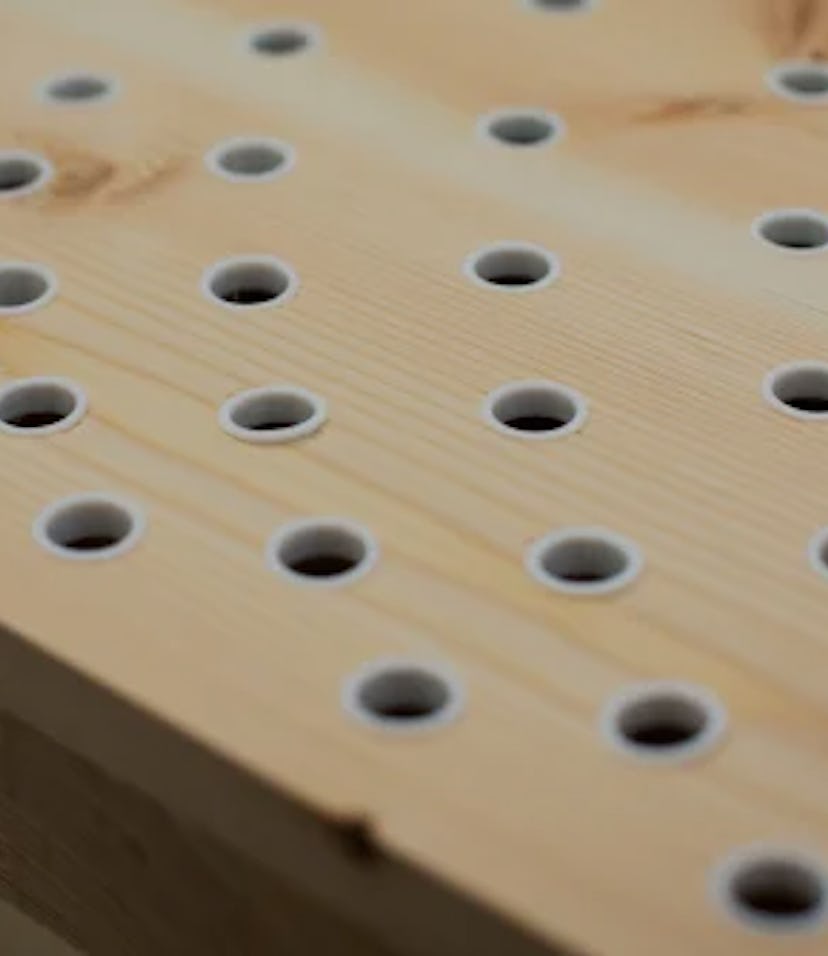Tech
Walls with empty bottles embedded in them can significantly reduce noise
Researchers have found that empty bottles are highly effective at capturing and neutralizing noise. Their solution could turn up in the offices of the future.

As workers around the world start trickling back into offices, there may be at least one new way to make their experience better than before. Acoustics researchers at the University of Washington partnered up with architecture firm NBBJ — the developer behind Amazon’s new HQ — to create a new sound absorption technique that uses empty bottles embedded inside walls to reduce noise.
Their prototype hole-riddled wall might not look pretty, but in testing, it provided a 60 percent reduction in the perceptible noise in a space.
Get your sanity back — The basic idea is that empty bottles neutralize noise by capturing some of the sound energy that passes by; once inside, the waves bounce around the cavity and clash with the narrow shape of the bottle’s neck, causing the energy to dissipate. So the group decided to see what would happen if a wall was made with bottles embedded inside, with the necks facing outwards and the cavities hidden inside.
According to the group, prototype slabs of the wall were introduced to NBBJ’s office and they measured noise reductions of around 13 decibels... or the equivalent of wearing noise-canceling headphones. That’s pretty incredible and could go a long way towards helping workers who are sensitive to noise being made by people around them (read: me).
“We can’t ignore the human voice. It ties back to a survival mechanism,” says Ryan Mullenix, a partner at NBBJ, in an interview with Fast Company. “That has a big impact on our executive function, our cognitive control, our emotional self-regulation. In the basic sense, it just stresses us out.”
Many applications — The group says that this type of approach to sound reduction could be better than other methods, such as incorporating soft furniture that’s been known to absorb sound. Those objects often use synthetic materials with a high carbon footprint, and spongy material is also just difficult to keep clean. Bottles could be integrated directly into wood or concrete, which is much easier to clean. And the presence of the holes themselves would mean using less material overall.
For existing buildings, slabs of hole-ridden walls could be slung up as ceiling fixtures in places like bathrooms where, you know, it’s not pleasant to hear other people going about their business. But someday this new technique could become a part of actual walls or floors in new development projects.